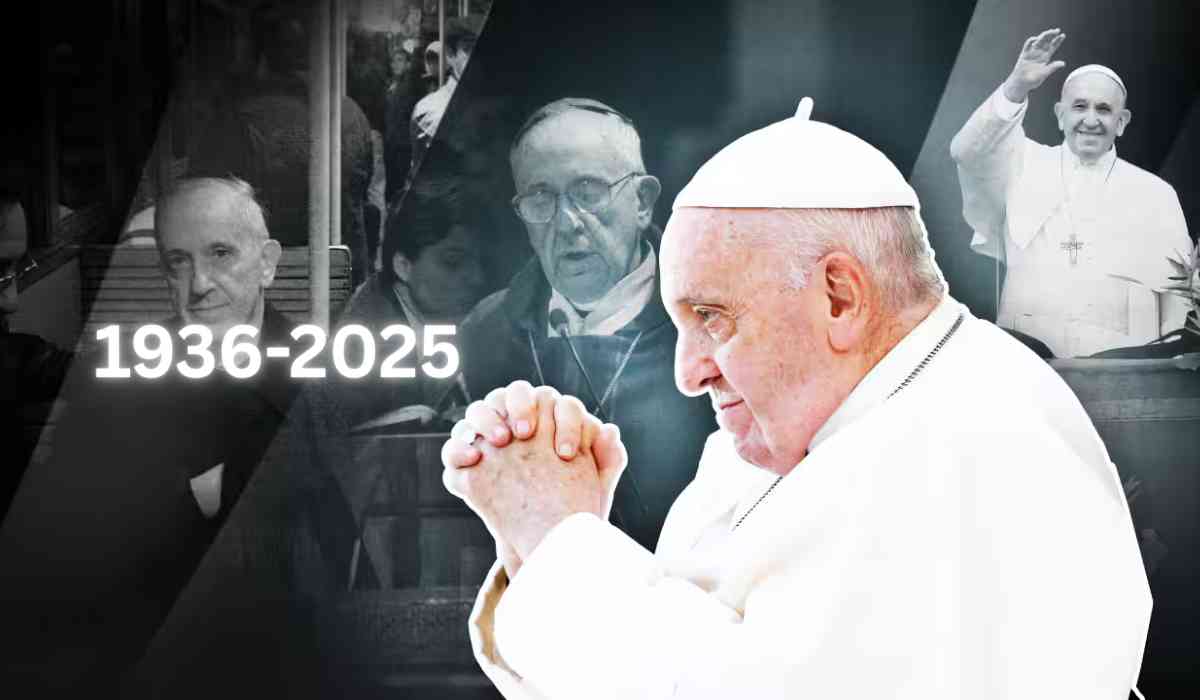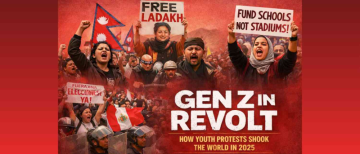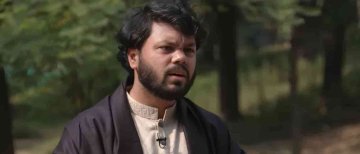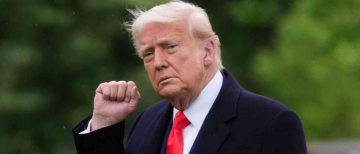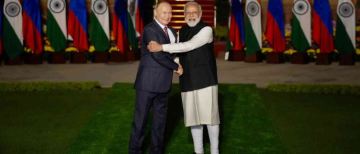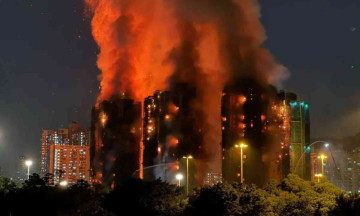Pope Francis, the 266th Pope of the Roman Catholic Church, passed away at the age of 88. His death marks the end of an era for the Church, having led the Vatican for 12 years since his election in 2013. Pope Francis’ passing has triggered a series of solemn and historic rituals, including mourning periods, the destruction of the Papal Ring, the funeral, and, eventually, the election of a new pope.
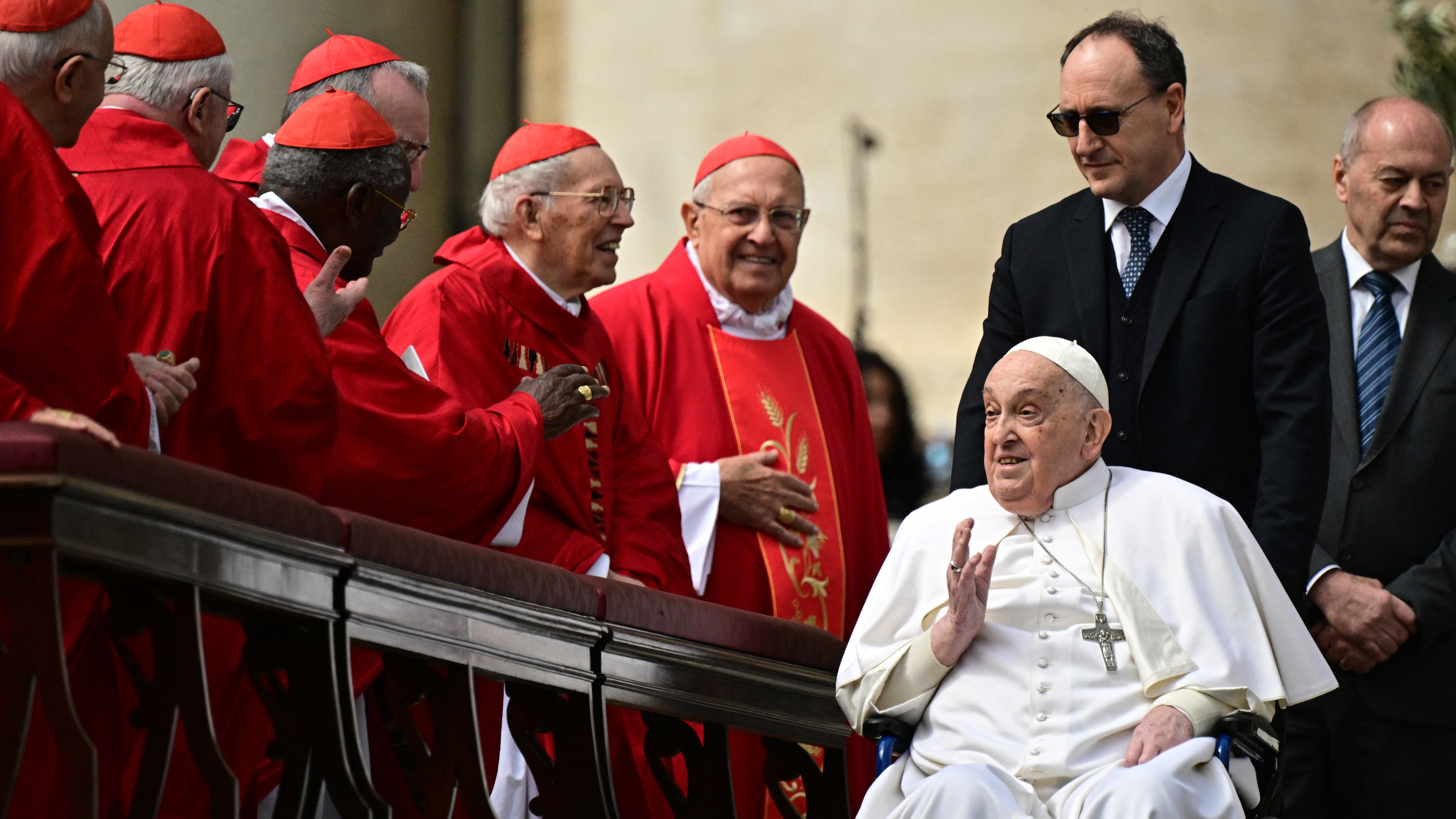
Pope Francis: A Legacy of Humility and Reform
Before delving into the specifics of what happens after the pope’s death, it’s essential to acknowledge the legacy left behind by Pope Francis. Born as Jorge Mario Bergoglio in Buenos Aires, Argentina, he made history as the first Jesuit and Latin American pope. His election was a pivotal moment, particularly following the surprise resignation of Pope Benedict XVI.
During his papacy, Pope Francis focused on humility, outreach to marginalized communities, and global social justice issues. He was instrumental in reforming the Vatican’s finances and tackling clerical abuse scandals. His encyclical Laudato Si’ called for urgent global action on climate change and environmental issues. Despite health challenges in recent years, including multiple hospitalizations for respiratory issues, Pope Francis remained a steadfast leader, continuing to influence the global stage until his death from complications related to pneumonia.
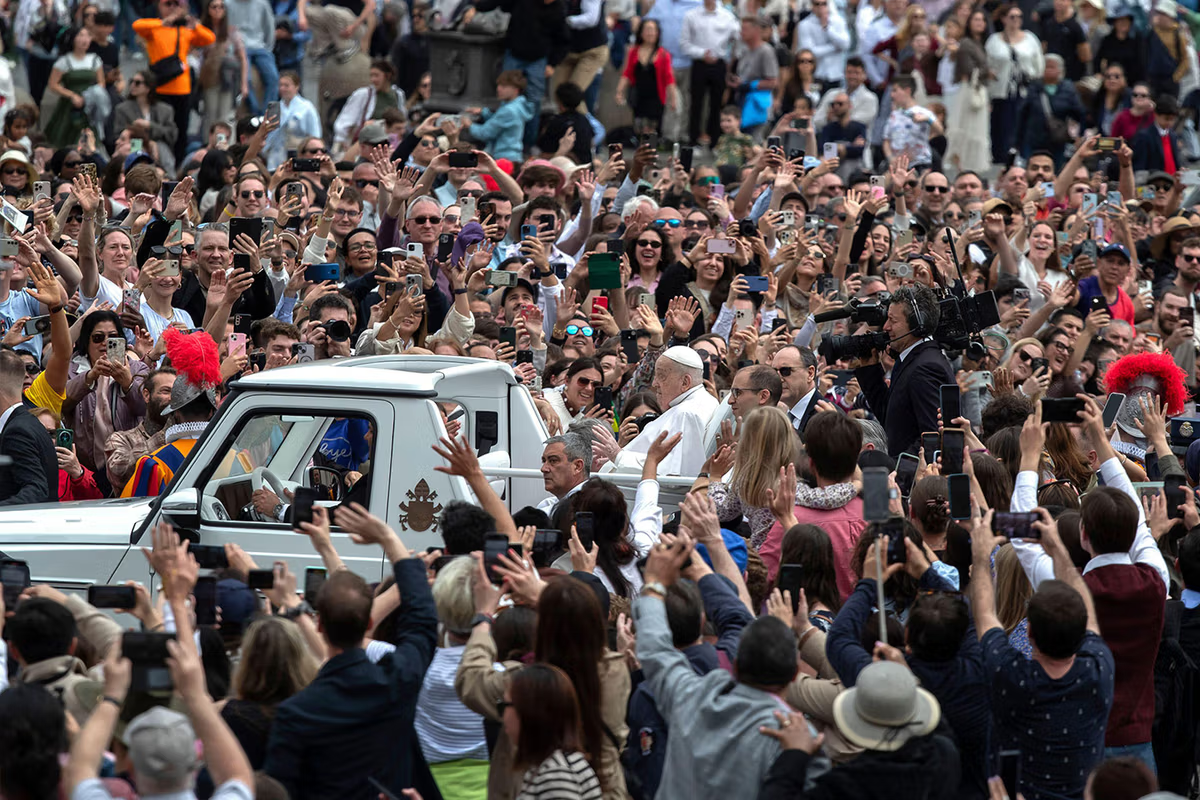
Official Announcement and Rituals Following Pope Francis’ Death
Confirmation of Death and the Role of the Camerlengo
Upon the death of a pope, the camerlengo—the senior Vatican official responsible for administering the Holy See during the transition—confirms the death. In the case of Pope Francis, Cardinal Kevin Farrell, the Irish-born Cardinal, announced the news at 7:35 AM local time, declaring: "At 7:35 this morning, the Bishop of Rome, Francis, returned to the home of the Father."
Traditionally, a camerlengo confirms the pope’s death by calling the pope's name and tapping him lightly with a silver hammer. However, this practice is now ceremonial, as the pope’s death is confirmed by medical professionals before the announcement is made.
Destruction of the Papal Ring: Symbolizing the End of Papal Authority
One of the first actions following the pope’s death is the destruction of the Ring of the Fisherman. This ring, which is used by the pope to seal official documents, is symbolically destroyed so it cannot be used again. Historically, it was defaced with a hammer and chisel, but today, it is simply marked to signify the end of the pope's authority. This ceremonial act marks the definitive conclusion of the pope’s papacy.
The Mourning Period: Novendiale
Once Pope Francis' death is confirmed, a mourning period called the Novendiale is observed. This nine-day period of mourning includes various religious rituals and public ceremonies. The pope’s body is transferred to his private chapel, where it is dressed in a white cassock and placed in a simple zinc-lined wooden coffin. This marks a break from tradition, as previous popes were interred in three nested coffins (cypress, lead, and oak). Pope Francis had requested simpler burial procedures, in line with his values of humility.
Instead of being placed on a raised platform (a catafalque) in St. Peter’s Basilica, Pope Francis’ body is laid inside the coffin with its lid removed, allowing mourners to pay their respects while maintaining an austere approach to the proceedings. It is reported that embalming practices, once common, are now no longer in favour within the Vatican.
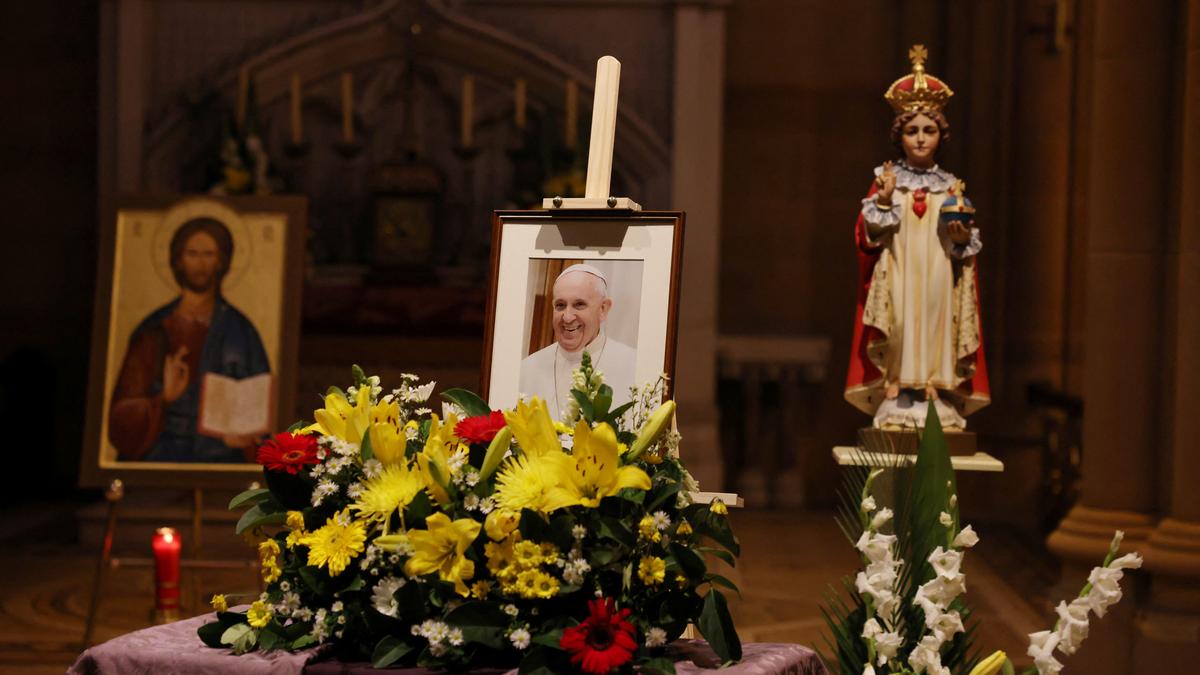
The Papal Funeral: A Final Tribute
The Funeral Mass and Burial
Pope Francis’ funeral will be held within four to six days of his passing, beginning with a funeral Mass. The Mass is typically held in St. Peter’s Square, where cardinals and dignitaries gather to pay their respects. The funeral procession then makes its way to the chosen burial site. In Pope Francis’ case, he requested to be buried in the St. Mary Major Basilica, rather than the traditional burial place in St. Peter’s crypt. This wish reflects his personal devotion to the Madonna, as the basilica is home to a revered icon of the Madonna.
On the night before the funeral, the coffin is closed, and a white silk veil is draped over the pope’s face. The pope is buried with a small bag containing coins minted during his papacy, as well as a rogito, a document listing the key details of his life and papacy. This rogito is read aloud before the coffin is sealed.
The Rituals of Burial and the Final Deed
The rogito, which is a brief record of the pope’s papacy, is read aloud before the coffin is closed. The bag containing coins minted during his papacy is also placed in the coffin. These practices are symbolic and demonstrate the pope’s commitment to the Church during his leadership. The pope is buried with reverence, marking the closure of his spiritual and temporal journey.
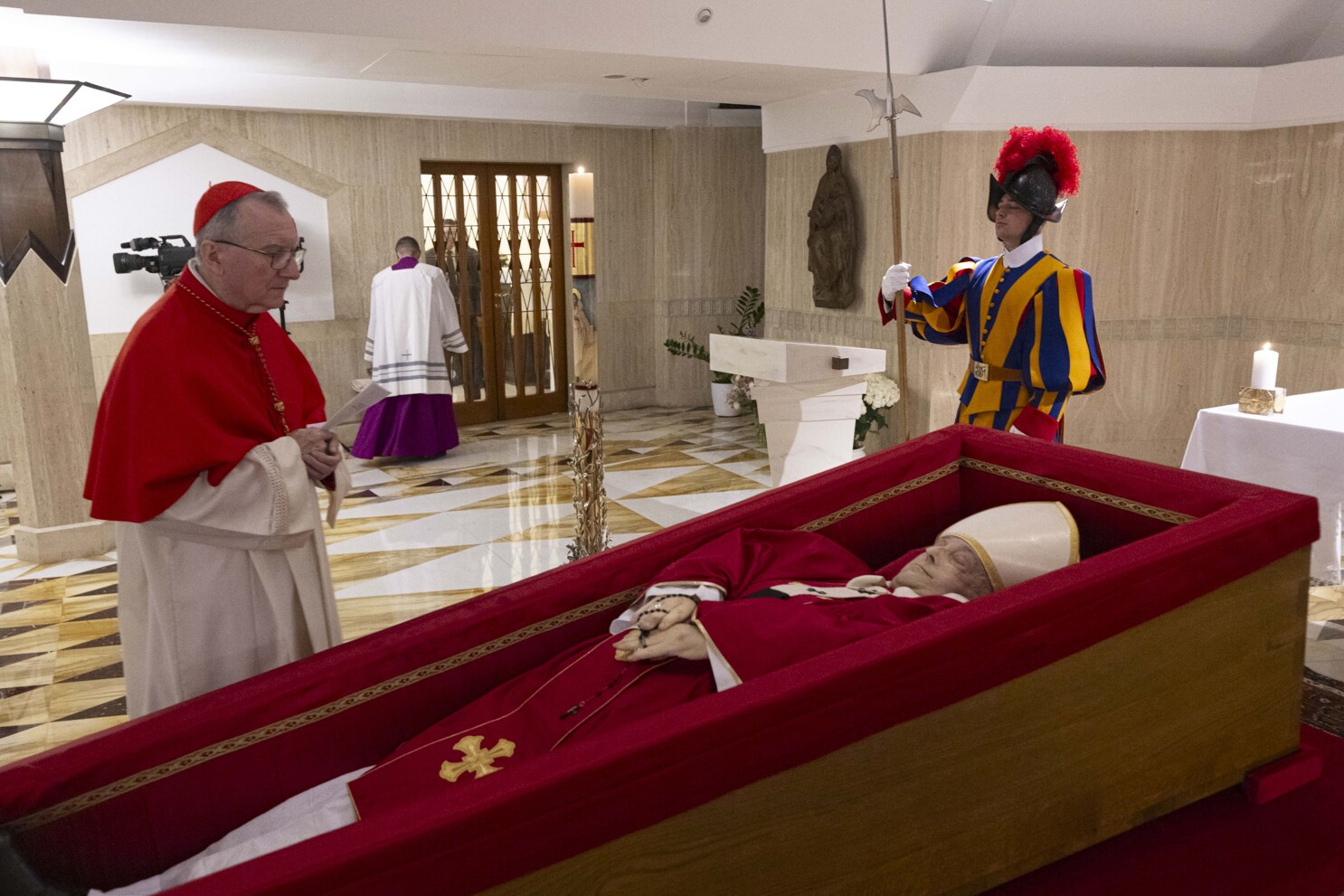
The Election of a New Pope: The Conclave
What is the Conclave?
Once the pope has been laid to rest, the process of selecting his successor begins. The conclave, a highly secretive process, involves the College of Cardinals, who are responsible for electing the new pope. The conclave is convened in the Sistine Chapel, and the cardinals, all under the age of 80, participate in the election. Only those who meet this age requirement are eligible to vote.
During the conclave, cardinals take an oath of secrecy before deliberating and casting their votes. Each cardinal writes the name of his preferred candidate on a ballot, which is then placed in a chalice. If no candidate receives a two-thirds majority in the first round, voting continues with further rounds, which can happen up to four times per day.
The Election Process: Smoke Signals
If no pope is elected after a round of voting, black smoke rises from the Sistine Chapel’s chimney, signaling that no decision has been reached. Once a new pope has been chosen, white smoke will emerge from the chimney, signaling the election’s success.
The newly elected pope is then asked if he accepts the position. Once he agrees, he selects a papal name, often inspired by a past pope or saint. The official announcement Habemus Papam (“We have a pope”) is then made, and the new pope steps onto the balcony of St. Peter’s Basilica to address the public for the first time.
_1745314976.jpeg)
The Indian Cardinals: Who Will Vote in the Next Conclave?
India has a unique role in the papal election process, with four cardinals eligible to vote in the conclave. These cardinals come from diverse backgrounds and play important roles in the Catholic Church.
-
Cardinal Filipe Neri Ferrao (72): Archbishop of Goa and Daman, Ferrao is a strong advocate for social justice, particularly in migration and climate change. He was elevated to the College of Cardinals in 2022.
-
Cardinal Cleemis Baselios (64): Major Archbishop of Trivandrum and leader of the Syro-Malankara Catholic Church, Baselios was named a cardinal in 2012.
-
Cardinal Anthony Poola (63): India’s first Dalit Cardinal, Poola’s elevation to the College of Cardinals is seen as a significant step in addressing caste-based injustices within the Church.
-
Cardinal George Jacob Koovakad (51): A Vatican diplomat and Syro-Malabar archbishop, Koovakad has worked on organizing foreign papal trips and was promoted to cardinal in December 2024.
These four cardinals will have the opportunity to shape the future of the Catholic Church by casting their votes in the conclave.

The Transition of Power in the Vatican
The death of Pope Francis ushers in a period of mourning, reflection, and transition for the Catholic Church. From the destruction of the Ring of the Fisherman to the election of a new pope, the Vatican’s rituals provide a structured way to navigate the loss of a pontiff and the selection of his successor. The role of the Indian cardinals in the conclave is a reminder of the global influence of the Church and its leadership, as it prepares for the election of a new pope to lead over 1.4 billion Catholics worldwide.
With inputs from agencies
Image Source: Multiple agencies
© Copyright 2025. All Rights Reserved Powered by Vygr Media.

